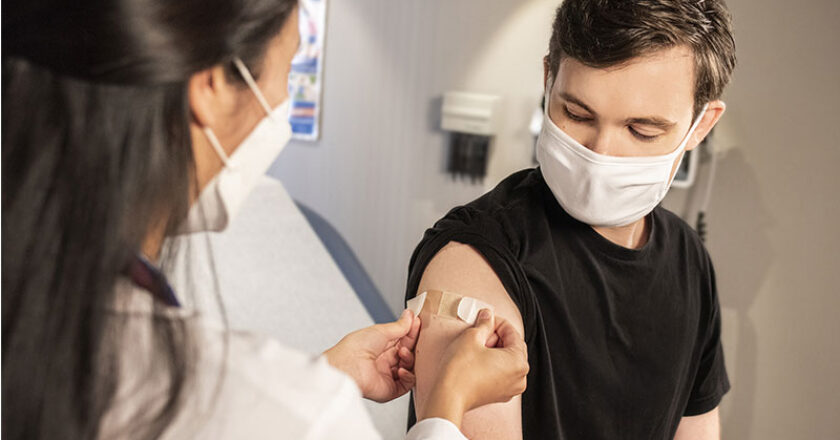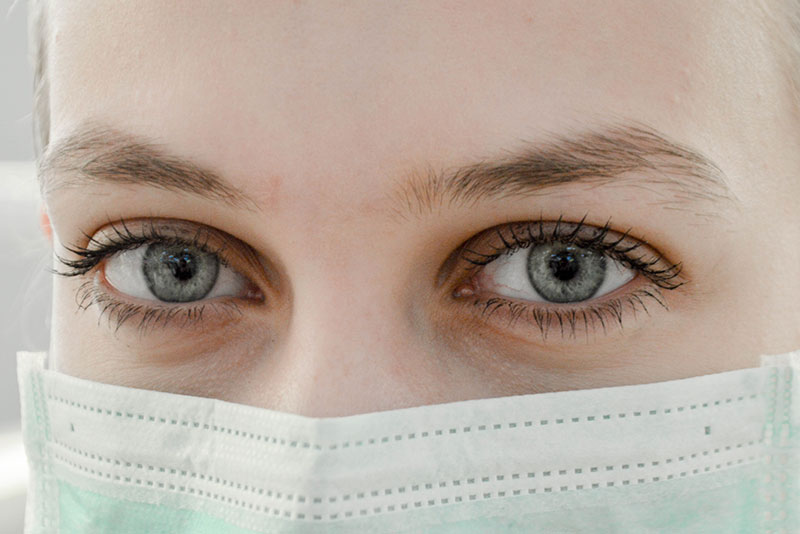The coronavirus disease 2019 (CoViD-19) has become a pandemic, threatening the health of millions of people across the world. As frontline practitioners, physiotherapists are at risk of coming in direct contact with COVID-19 patients. It is important for physiotherapists to understand their role in identifying, containing, mitigating, and treating the symptoms associated with the virus.
Here are some of the key points to help you understand the role of physiotherapists in managing COVID-19-related issues:
- Recognizing the symptoms of infectious disease
- Educating and providing patients with appropriate support and timely treatment decisions
- Advising and treating patients experiencing adverse outcomes, both in the acute phase and in longer-term recovery
- Treating respiratory health issues caused by the COVID-19 infection and maintaining essential functions, strength, mobility, and flexibility while relieving secondary complications from isolation conditions, including blood clots, muscle wasting, weakness caused by de-conditioning, and other effects on psychological well-being.
- Providing intervention for mobilization, exercise, and rehabilitation for patients who are at risk of ICU-acquired weakness or with comorbidities causing a significant decline in function.
- Identify more physical resourcing requiring physiotherapy intervention and reduce the risk of cross-infections. For example, respiratory equipment, mobilization, exercise, and rehabilitation tools and equipment, and storage for equipment.
- Providing intervention only when there are clinical indicators to reduce exposure of staff to COVID-19 patients. An unnecessary review of isolated COVID-19 patients will have a negative impact on the supply of PPEs.
- Meet with senior medical staff regularly to identify clinical indications for physiotherapy review in confirmed or suspected COVID-19 patients and conduct proper screening according to the standard guidelines.
- Respiratory physiotherapy intervention in hospital wards or ICUs may be recommended for confirmed or confirmed COVID-19 patients, who developed exudative consolidation mucous hypersecretion and/or difficulty clearing secretions.
Physiotherapy Management Principles
Respiratory Care
- Airway clearance techniques (active breathing cycle, positioning, manual and/or ventilator hyperinflation, positive expiratory pressure (PEP) therapy, mechanical insufflation-exsufflation (MI-E)
- Non-invasive ventilation application (part of airway clearance strategies or in respiratory failure management) and inspiratory positive pressure breathing (IPPB) for patients with fractured ribs
- Techniques that help facilitate clearance for mucous secretion, including assisted or stimulated cough manoeuvres or airway suctioning.
- Exercise prescription and mobilization
Mobilization, Exercise, and Rehabilitation
Another important responsibility of physiotherapists is the provision of musculoskeletal/neurological/cardiopulmonary rehabilitation tasks, such as:
- Active, passive, active-assisted, or resisted joint range of motion exercise that helps boost and/or maintain the integrity of the joint, as well as mobility and muscle strength.
- Mobilization and rehabilitation, such as bed mobility, sitting balance, sit to stand, upper or lower limb ergometry, exercise programs.
The Canadian Physiotherapy Association (CPA) continues to work hard on building resources and support tools to protect physiotherapists who are potentially exposed to the increasing outbreak of COVID-19. CPA is working around the clock to ensure that physiotherapists receive the necessary resources and support systems, especially those working on the front lines and those whose livelihoods are in jeopardy as patients are cancelling their appointments and forced closure of clinics.



